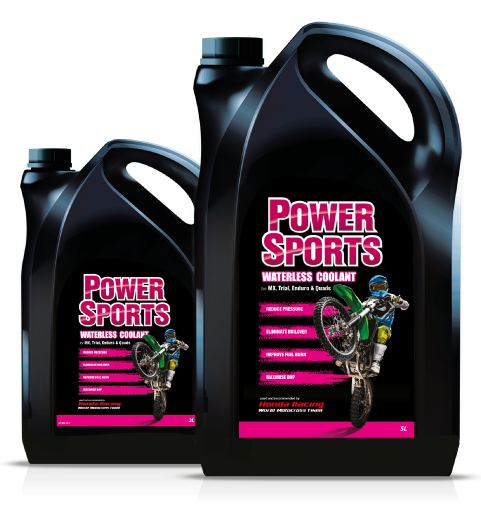

However, the NHRA approves the use of Evans Waterless Coolant because it’s just as easy to clean up as water. Because of this, most racers use water instead. When antifreeze spills onto the track it can be a real drag to clean up. The use of regular antifreeze on a racetrack doesn’t go over lightly. Therefore, the additional pressure isn’t actually necessary. Evans’ product has a much lower surface tension than that of water, meaning it can slide across surfaces much easier. Though fast mapping may suggest water is superior in this sense, this isn’t the case.

But because the boiling point is so high for waterless coolant, Evans cooling products don’t produce the pressure that water does. This pressure helps to push the water against any surfaces it may have trouble reaching otherwise. Many people already know the pressure that water produces in a cooling system is taken advantage of. Even better, Evans’ product has absolutely no corrosive characteristics. This means no rust or buildup will occur in the water jackets or in the radiator. Compare that to water which boils at 212☏ and freezes at 32☏, and 50/50 coolants which boil at ~265☏ (with a pressure cap) and freeze at around -34° F. Additionally, waterless coolant has a boiling point of 375☏ and a freezing point of -40☏.

But it contains no silicates or phosphates and requires no supplemental coolant additives (SCA) to maintain the coolant’s properties. Much like typical antifreeze, it’s glycol based. That’s why Evans Cooling Systems Waterless Engine Coolant is something of a miracle product. Traditional anti-freeze is a great alternative, but it still shares many of the same limitations as water. Water has limitations, including its boiling point, expansion rate, and the inevitable corrosion it generates. Water is the traditional cooling agent in any engine. Since engines run on energy produced by heat, the lack of a proper coolant will result in the engine overheating and destroying itself. So, having the right product for it is key. The cooling system is one of the most important systems in a vehicle.


 0 kommentar(er)
0 kommentar(er)
